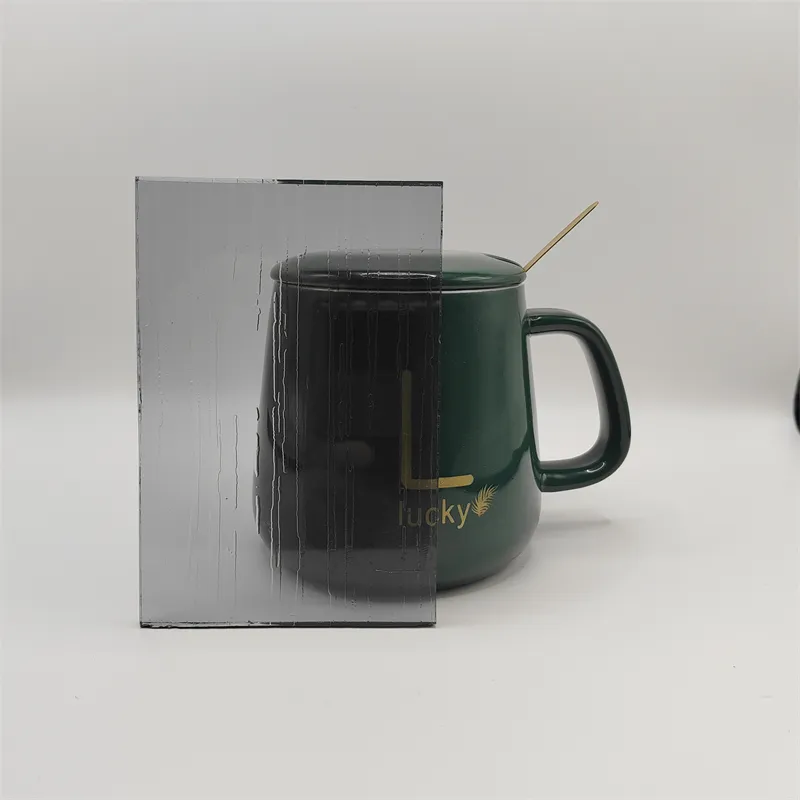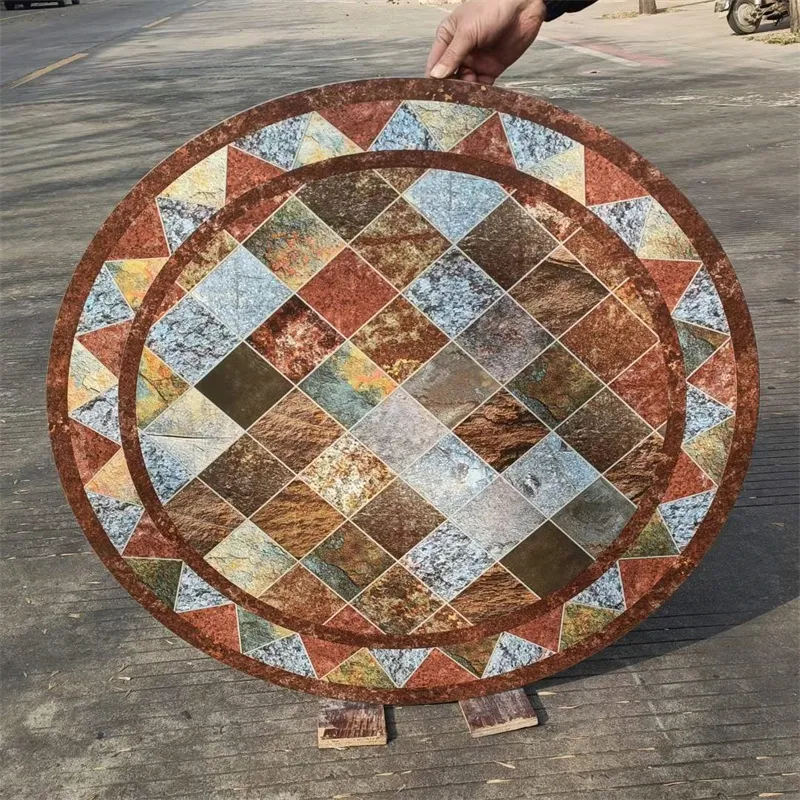Sep . 12, 2024 07:44 Back to list
Sandblasting Patterns for Glass - Creative Designs & Custom Patterns
Sandblasting Patterns for Glass A Beautiful Fusion of Art and Technique
Sandblasting, a technique that involves propelling fine particles at high speed to etch or carve surfaces, has become increasingly popular in glass design. This method allows artisans to create intricate patterns and designs that can transform ordinary glass into stunning pieces of art. The versatility of sandblasting patterns for glass provides immense creative opportunities, making it a favored choice for both decorative and functional pieces.
At its core, sandblasting works by removing layers of the glass surface, creating a textured finish. The depth and quality of the pattern are influenced by various factors including the type of abrasive material used, the pressure of the blasting, and the duration of the process. Common abrasives include silica sand, aluminum oxide, and garnet, each offering different finishes and textures. The result can range from fine, delicate engravings to deep, bold designs that catch the eye.
Designs for sandblasted glass are limited only by the imagination. From floral patterns to geometric shapes, the options are diverse. For instance, artisans often employ stencils made of vinyl or rubber to achieve precise patterns. This allows for a clean and crisp design that highlights the contrast between the smooth and frosted areas of the glass. Custom designs can be created for various applications, including window panes, mirrors, and glassware, making each piece unique.
sandblasting patterns for glass

One popular trend in sandblasting is to use layered designs. By applying multiple layers of sandblasting, artists can create depth and shadow effects that add a three-dimensional quality to the piece. This technique is particularly effective in creating landscapes or intricate scenes that draw viewers in and invite them to appreciate the artistry.
Beyond aesthetic appeal, sandblasted glass also serves practical functions. For example, it can provide privacy when used in bathroom windows or office partitions while allowing light to filter through. The textured surface is also easier to grip, making it a great choice for functional items such as drinking glasses and vases.
In conclusion, sandblasting patterns for glass is a remarkable technique that blends artistry with functionality. It empowers artists and craftspeople to explore their creativity while producing pieces that are not only visually stunning but also practical. As this craft continues to evolve, we can expect to see even more innovative designs and applications, further establishing sandblasted glass as a distinguished art form in the world of design. Whether for personal enjoyment or commercial use, sandblasted glass remains a treasured medium, celebrating the intricate dance of light and texture.
-
Safety and Style with Premium Laminated Glass Solutions
NewsJun.24,2025
-
Reinvents Security with Premium Wired Glass
NewsJun.24,2025
-
Premium Float Glass Line for Modern Architecture
NewsJun.24,2025
-
Low Emissivity Glass for Energy-Efficient Architecture
NewsJun.24,2025
-
High-Performance Insulated Glass Solutions for Modern Architecture
NewsJun.24,2025
-
Elevates Interior Style with Premium Silver Mirror
NewsJun.24,2025
Related PRODUCTS














